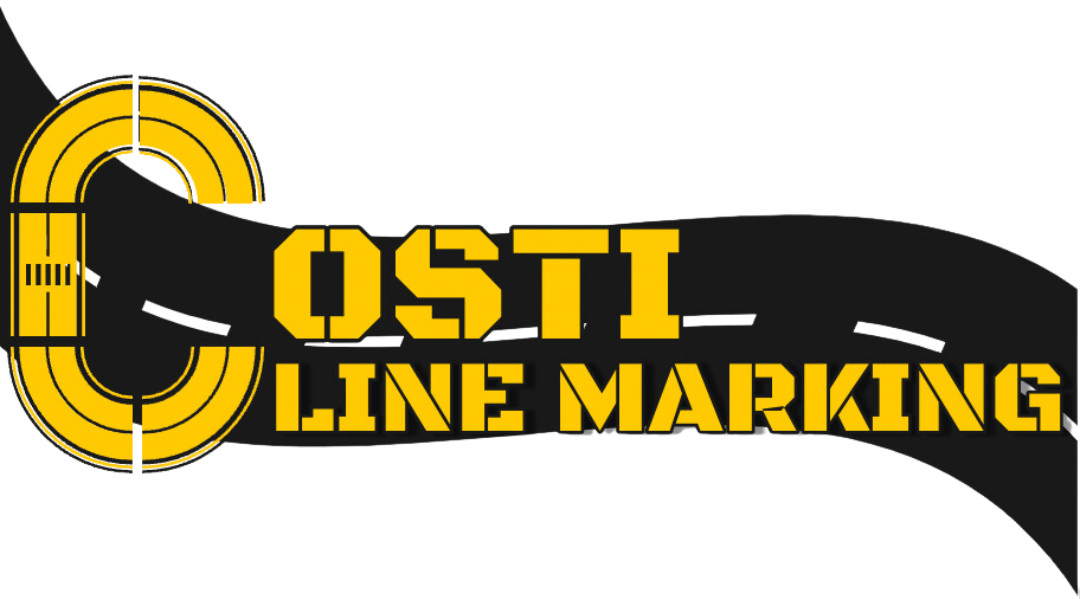Introduction
Road line marking plays a crucial role in ensuring road safety and efficient traffic management. Over the years, advancements in technology have revolutionized road line marking techniques, transforming chaotic roads into well-organized and structured traffic systems. In this blog post, we will explore the impact of advanced road line marking on traffic management and how it has brought about a significant change in the way we navigate our roads.
Enhanced Visibility and Safety
One of the primary benefits of advanced road line marking is the enhanced visibility it provides to drivers. Clear and well-maintained road markings make it easier for drivers to identify lanes, intersections, and other important traffic information. This improved visibility reduces the risk of accidents and enhances overall road safety.
Furthermore, advanced road line marking techniques, such as reflective paint and thermoplastic markings, ensure that road markings are visible even in low-light conditions. This is particularly important during nighttime driving or in adverse weather conditions, where visibility is already compromised.
Improved Traffic Flow
Efficient traffic flow is essential for reducing congestion and improving overall transportation efficiency. Advanced road line marking techniques are designed to optimize traffic flow by providing clear guidance to drivers. By clearly demarcating lanes, turnings, and other traffic instructions, road line markings help drivers navigate through complex road networks more easily.
Moreover, advanced road line marking techniques, such as the use of colored road markings, can be employed to designate specific lanes for buses, bicycles, or emergency vehicles. This segregation of lanes helps in streamlining traffic and reducing conflicts between different types of road users.
Smart Road Line Marking
The advent of smart road line marking technology has further revolutionized traffic management. Smart road line marking utilizes sensors and cameras to monitor traffic flow and provide real-time information to traffic management systems. This data can be used to adjust traffic signal timings, optimize lane usage, and detect traffic violations.
With smart road line marking, traffic management authorities can proactively respond to changing traffic conditions, reducing congestion and improving overall road efficiency. This technology also enables the implementation of dynamic lane control systems, where lane markings can be changed in real-time to accommodate varying traffic demands.
Reduced Maintenance Costs
Traditional road line marking methods often require frequent repainting and maintenance due to wear and tear caused by heavy traffic and harsh weather conditions. This can be time-consuming and costly for transportation authorities.
Advanced road line marking techniques, such as durable thermoplastic markings and reflective paint, have significantly extended the lifespan of road markings. These materials are more resistant to fading, cracking, and peeling, reducing the need for frequent maintenance. This not only saves time and money but also minimizes disruptions to traffic flow during maintenance activities.
Conclusion
Advanced road line marking techniques have transformed the way we manage traffic on our roads. With enhanced visibility, improved traffic flow, smart technology, and reduced maintenance costs, road line marking has become an indispensable tool for traffic management authorities.
As technology continues to advance, we can expect further innovations in road line marking that will continue to shape the future of traffic management. By embracing these advancements, we can create safer and more efficient road networks for everyone.

